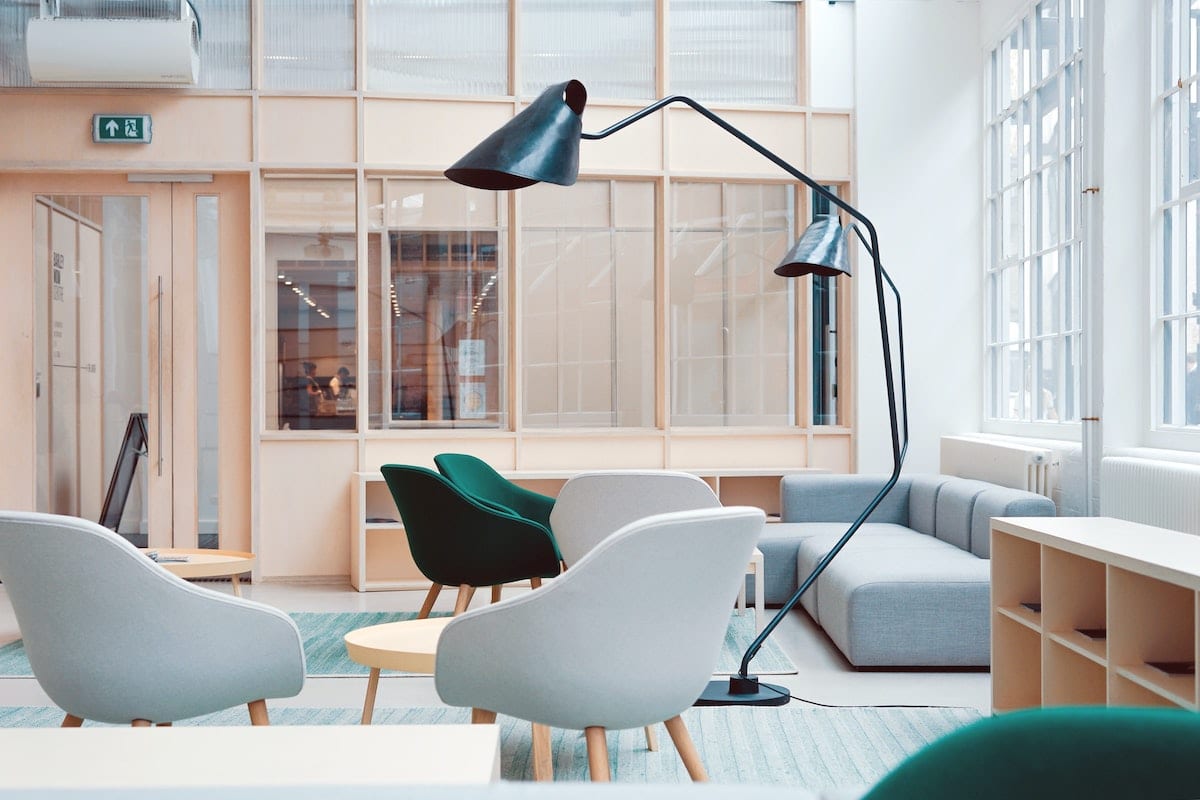When it comes to decorating your space, you should feel free to experiment. Incorporate the things that inspire you because it’s what makes your home uniquely yours!
That being said, some elements should remain consistent for your space to appear well put together overall. Here are a few tips on how to find a good balance between unique and cohesive elements.
Choose Scaled Rugs
Rug prices are often dictated by size, but by no means does the cost of your rug have to hamper its overall look. We know it can be tempting to purchase a tiny rug solely because it’s more affordable. After all, home decor is about making smart choices with your money. But we think consumers tend not to realize just how misjudged tiny rags can be.
They’re not necessarily bad options per se; they just don’t work well with most spaces. For example, if you have a large area that is mostly empty, go ahead and grab that little 8×10 Persian to add a splash of color. But for the most part, steer clear from smaller sizes because they’ll only detract from the overall space rather than complement it.
A word of advice: a rug doesn’t have to be expensive to be perfect! Good quality rugs at great prices are available at furniture stores such as IKEA and Home Goods, among others!
Have a Color Scheme That Is Consistent
Unless you’re going for a hodgepodge design, it is important to make sure your space feels put together. This can be achieved by using one color scheme throughout the area to keep it cohesive, even if different components look scattered. Choosing a color scheme is important because it will tie everything together, no matter how complicated the design of your home may be.
When deciding on colors for each room in your home, it can be not easy at first, but once you get an idea of what goes where it becomes much simpler than you think.
Know-How To Hang Artwork Correctly
Make sure you spend a little time preparing before starting your art wall. Most people agree that artwork looks best when it is hung at eye level by using a level—hooking it over the primary support beam of the house (typically found in your home’s studs) around 57 to 60 inches from the floor.
By sketching out an idea beforehand, you will know exactly where to locate each piece and how much room (if any) should remain between them and other pieces on the wall.
Purchase Items That You Enjoy
Before you make any purchase, ask yourself if you will still love it once the trend dies out. You might like the hot pink loveseat right now, but will it still be in style and relevant five years from now?
These are the questions we need to ask ourselves as we plan for our future. If you think that this is what you want, go ahead and invest in quality objects that you think will last a long time and love even after the trends have changed. For instance, if you want a timeless addition to your bathroom, consider installing a barn door style vanity to provide durability and style for many years. It’s an aesthetically pleasing and versatile choice that will remain stylish no matter what interior design trends come in the future.
Awkward Curtain Length Should Be Avoided
When you’re in a store, and you see a curtain that’s on sale at a great price but just a few inches too short or too long for a given window, don’t buy it! It isn’t worth spending money on curtains that don’t fit.
But if cost is an issue or you love that design, feel free to take it upon yourself to find the fabric and create your custom pattern. Fabric companies like AllAboutFabrics.com can supply you with materials and patterns, and then you can get started to make your curtains!
Conclusion
We hope you enjoyed our take on the five design mistakes you should avoid when designing your interior. Good luck with your design! Rest assured, you can always let your imagination run wild in other elements.


